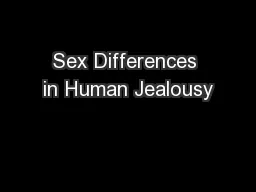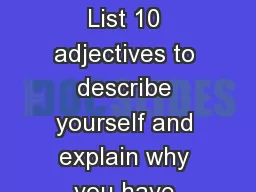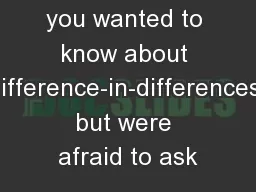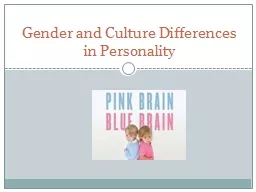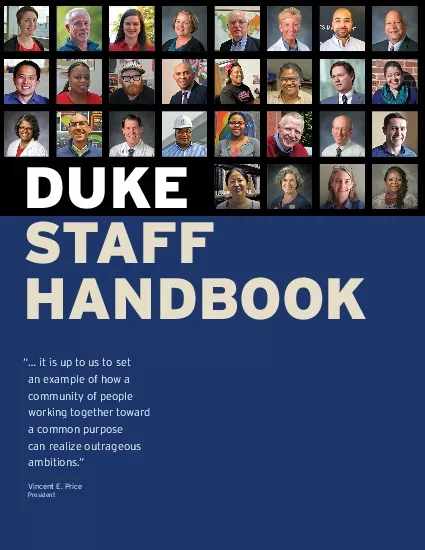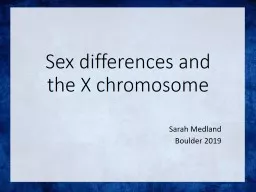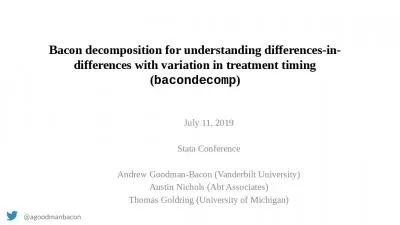PPT-Source A Refer to Source A and Source B. Write a summary to describe the differences
Author : TheOneWithNoFilter | Published Date : 2022-08-02
Source B The police rushed to the Gein farmhouse but found it deserted as Gein was having supper with some neighbours While a couple of cops went to look for
Presentation Embed Code
Download Presentation
Download Presentation The PPT/PDF document "Source A Refer to Source A and Source B..." is the property of its rightful owner. Permission is granted to download and print the materials on this website for personal, non-commercial use only, and to display it on your personal computer provided you do not modify the materials and that you retain all copyright notices contained in the materials. By downloading content from our website, you accept the terms of this agreement.
Source A Refer to Source A and Source B. Write a summary to describe the differences: Transcript
Download Rules Of Document
"Source A Refer to Source A and Source B. Write a summary to describe the differences"The content belongs to its owner. You may download and print it for personal use, without modification, and keep all copyright notices. By downloading, you agree to these terms.
Related Documents


